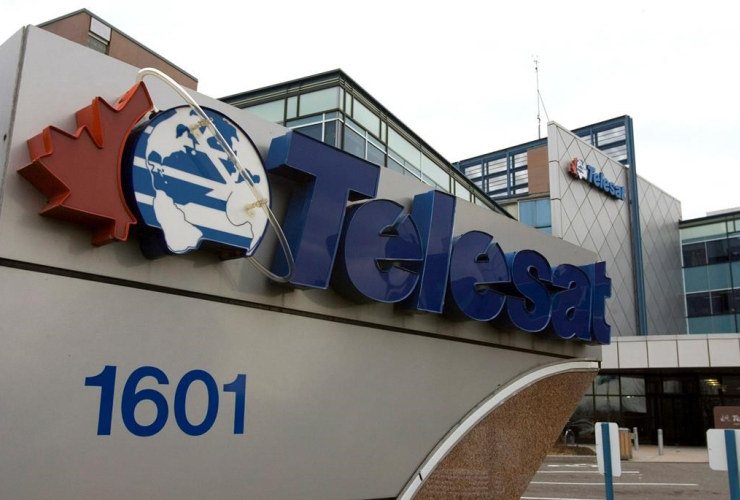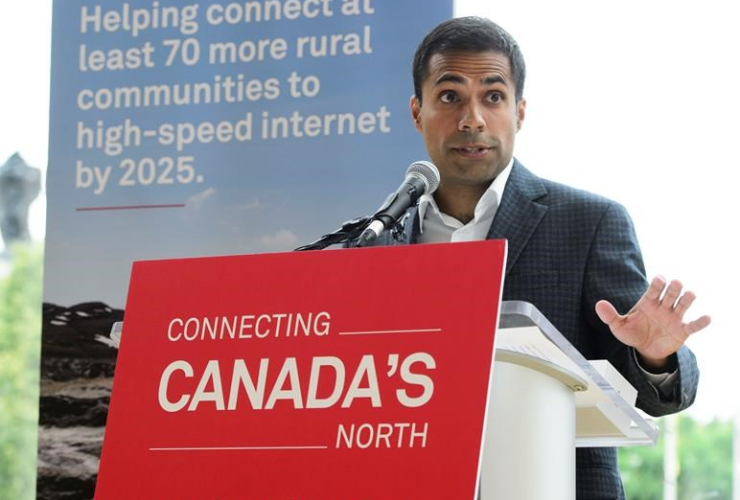The federal government is investing $85 million into an advanced satellite technology designed to expand access to affordable, high-speed internet across Canada's rural and remote regions.
The funding is to help Ottawa-based Telesat develop a group of co-ordinated satellites — also known as a constellation — in low Earth orbit.
A news release from Telesat says the new partnership with the federal government is expected to bring in $1.2 billion in revenue over 10 years.
Under the agreement, Telesat will support around 500 jobs in Canada, invest $215 million into research and development over the next five years and promote education in the field of science and technology.
Telesat launched its first low-Earth-orbit satellite last year and the full constellation will eventually include 298 satellites.
In its spring budget, the Liberal government said low-Earth-orbit satellite capacity would be part of its $1.7-billion vow to help rural and remote areas in Canada gain access to reliable, high-speed internet service.
Telesat says its state-of-the-art satellite constellation will involve launching highly advanced satellites into low Earth orbit, which is about 1,000 km from the surface of the planet — much closer than traditional satellites.
The satellites will "seamlessly integrate with terrestrial networks," the company says.
Other companies have announced bigger plans using similar technology: Amazon is behind a 3,200-satellite project; entrepreneur Elon Musk's SpaceX has a vision for a 12,000-satellite network. Satellites in low orbit can provide much faster, more responsive digital services than ones in high orbit that are available already, but it takes far more of them to cover the same area.
In March, the federal government earmarked between $5 billion and $6 billion in new investments over the next decade for a plan to make sure 95 per cent of Canadian homes and businesses will have access to high-speed Internet by 2026.
It also set a target of 100-per-cent connectivity throughout the country by 2030.
In addition to the development of low-orbit satellite technology, the government plan also includes investments aimed at encouraging more private-sector spending on rural high-speed Internet and better co-ordination among provinces and territories.
The budget also announced the federal infrastructure bank would seek to invest $1 billion over the next decade as a way to attract $2 billion in additional private investments towards expanding connectivity.





Comments